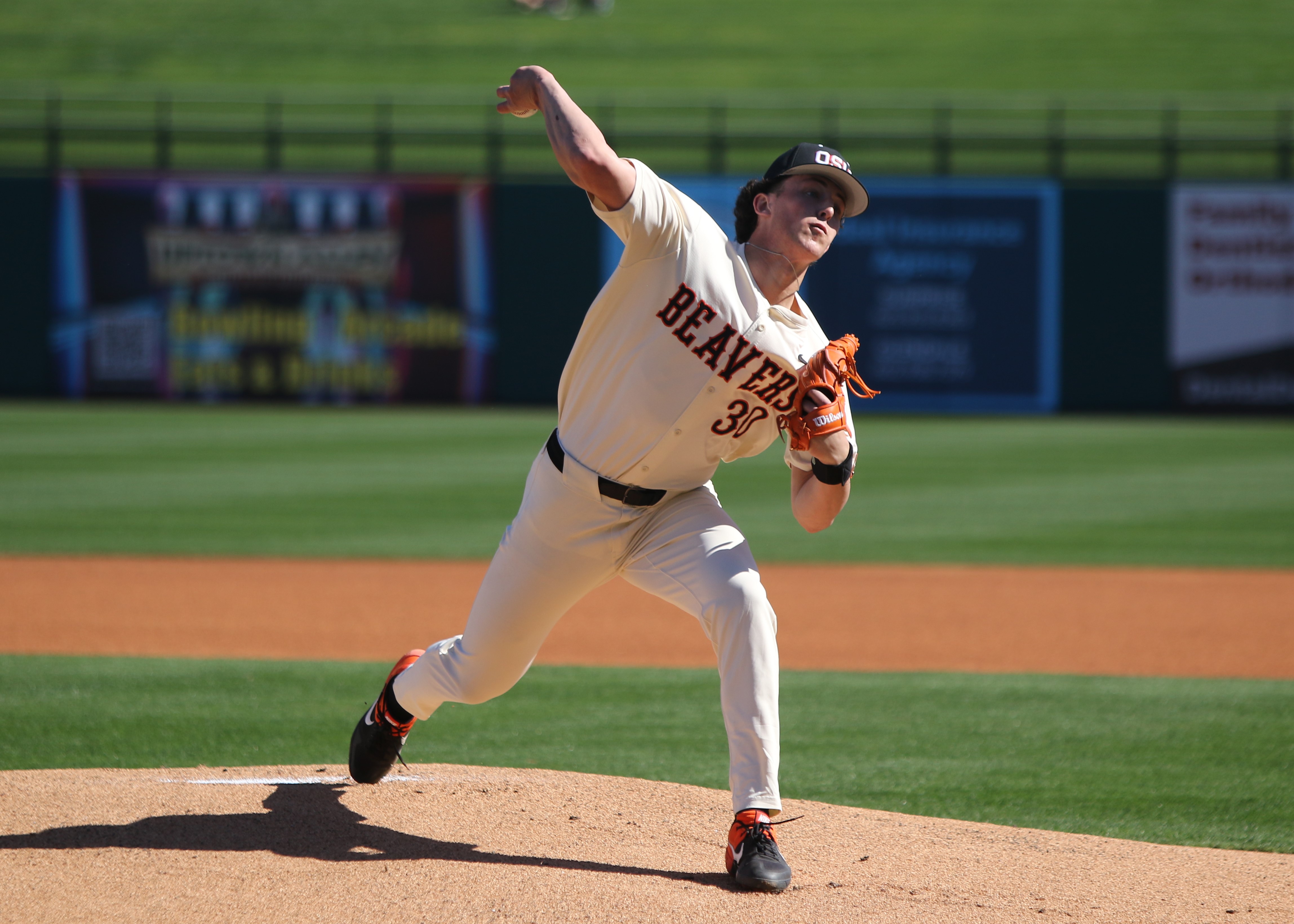U.S. faces steep decline in women’s figure skating
Published 4:00 am Tuesday, January 27, 2009
CLEVELAND — The questions usually begin now, a year out from the Winter Olympics: Which of the United States’ top female figure skaters is most likely to win the gold medal?
This year, the question is different: Do the U.S. women have hopes of winning any medal?
Trending
The U.S. Figure Skating Championships, which ended Sunday, offered further evidence that the U.S. women’s program is mired in its deepest drought in at least 14 years with the Olympics in Vancouver, B.C., just over a year away.
“We just don’t have that star,” said skating coach Robin Wagner, who led American Sarah Hughes to her 2002 Olympic gold medal. “We’re so used to having the queen of figure skating in our country.”
Figure skating is arguably the most popular of the Winter Olympic sports; certainly it draws the largest television audiences. It usually provides both fans and advertisers with the “face” of the U.S. Winter Olympic team — think Peggy Fleming, Dorothy Hamill, Kristi Yamaguchi, Nancy Kerrigan and Tara Lipinski. And it gives the United States — not a power in many winter sports — a boost in the medal table. In the past three Olympics, American women won five of the nine medals available in the individual event.
This year’s U.S. champion is 21-year-old Alissa Czisny, who won the title Saturday night despite falling on one jump and hitting just three triple jumps rather than the customary five or six in her long program. The other top finishers, silver-medal winner Rachael Flatt, 16, and bronze-medal winner Caroline Zhang, 15, have never won a senior event of any sort.
Among the reasons for the apparent decline, skating insiders say, are the new judging system introduced in 2004 that has shifted the emphasis from artistry to technique; the rise of skating’s popularity in Asia since the 1998 Winter Games in Nagano, Japan; and the departures in 2006 of Michelle Kwan and Sasha Cohen, who won 15 Olympic and world championship medals between them.
“It’s an extraordinary situation,” said 1984 Olympic gold medal winner Scott Hamilton, now a commentator for NBC. “Unusual circumstances are producing extraordinary results.”
Trending
The world championships in Los Angeles in March will provide a pivotal test for Czisny and Flatt. Should neither finish in the top three, the U.S. women will have failed to win a medal at three straight world championships for the first time since 1964 — which came after the entire figure skating team had been killed in a plane crash on the way to the 1961 world championships.
Czisny’s and Flatt’s performances will also determine whether U.S. women are allowed to enter a maximum three skaters in next year’s Olympic field. If their combined finish does not equal 13th or better (such as a sixth and seventh place), the United States will only be allowed to send two women to Vancouver. That has happened only once since 1924.
“It’s obviously a very critical event for us in terms of who gets to the Olympics,” said Wagner, who also coached Cohen, who won a silver medal at the 2006 Games in Turin, Italy. “All of us are keeping our fingers crossed.”
In recent years, Japan has made the biggest rise in women’s skating, winning seven world championship medals since 2002 after winning just four in the previous 95 years. Shizuka Arakawa won the 2006 Olympic gold; Mao Asada won the 2008 world championship gold; and Miki Ando won it the year before — when Asada finished second. Meantime, South Korea’s Kim Yu-Nahas won two straight world championship bronze medals.
“I don’t really think it’s quite as much that the American ladies are deteriorating as much as other countries have gotten a great deal better,” said longtime U.S. coach John Nicks, who has coached Cohen, Fleming and Yamaguchi. “Except from (1992 Olympic silver medal winner) Midori Ito a few years ago, we didn’t have any threat in skating from Japan or Asia.”
Some figure skating insiders say the new judging system, which was adopted just before the decline, might be contributing. Because the system emphasizes technique over pure artistry, they say, the United States has lost one of its historically greatest assets in the sport. Also, they say, pre-pubescent skaters who can best execute difficult spins and jumps with their small, lean bodies are best suited to accruing high technical marks.








